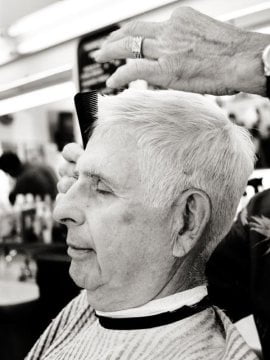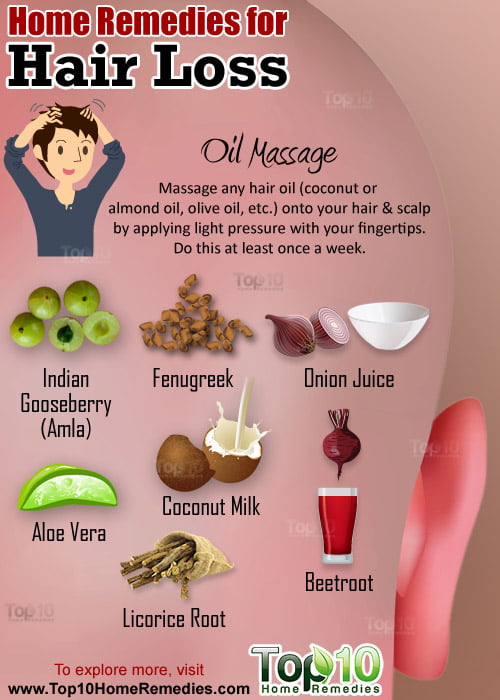Razor burn is an uncomfortable and unsightly skin condition that can occur after shaving your face, legs, or other body parts to remove unwanted hair.
Symptoms of razor burn may include:
- Redness
- Stinging
- Bumps
About half of all people report having sensitive skin, which may make them more susceptible to razor burn.
Many prehistoric cave paintings depict clean-shaven men, and the practice of removing body hair is estimated to date back 30,000 years, according to a 2013 report in the Journal of Cosmetic Dermatology.
Today, 99 percent of people remove unwanted hair. Shaving is the most common method of hair removal, followed by plucking.
Other methods of removing unwanted hair include electrolysis, laser removal, waxing, and chemical depilatories.
Causes of Razor Burn
Razor burn occurs when skin is displaced and the hair follicle is twisted and pulled by the scraping action of the razor blade.
A good shaving technique can reduce razor burn. The proper technique includes:
- Using a new or sharp razor
- Wetting the area to be shaved beforehand
- Shaving only in the direction that the hair grows
The biggest increase in skin hydration occurs after water has been left on the skin for two minutes, so try doing this before shaving to reduce razor burn.
Modern multiple-blade razors allow for a closer shave, but may increase razor burn in people with sensitive skin compared with single-blade razors.
Razor Bumps
Razor bumps — also known as pseudofolliculitis barbae — are small abscesses, and sometimes patches of darkened skin, that appear on shaved areas.
Razor bumps are formed when hair that has been shaved grows back under the skin.
They’re especially common in people with curly hair.
One study found 83 percent of African-American men experienced razor bumps.
Preventing Razor Burn
The best way to deal with razor burn is to prevent it in the first place. Several simple methods may prevent or reduce razor burn. Aim to:
- Clean the skin before shaving (perhaps using an exfoliant scrub)
- Wet the hair and skin before shaving
- Replace your razor blade regularly
- Shave in the direction hair grows
- Gently pat the skin dry after shaving
- Apply a skin moisturizer after shaving (preferably containing emollients or glycerin)
Dermatologists suggest replacing a razor blade after five to seven uses.
How to Get Rid of Razor Bumps
One foolproof remedy for razor burn and bumps is simply to stop shaving.
For people who feel social pressure or have other reasons to shave, the following remedies may help:
- Shave less often, perhaps two or three times a week
- Use chemical depilatories instead of shaving
- Use an electric shaver
- Don’t try to get a close shave
- Consider electrolysis or laser hair removal
Post-shave lotions containing niacinamide may reduce moisture loss, chapping, red skin, and other symptoms of razor burn.
[source;everydayhealth]




















